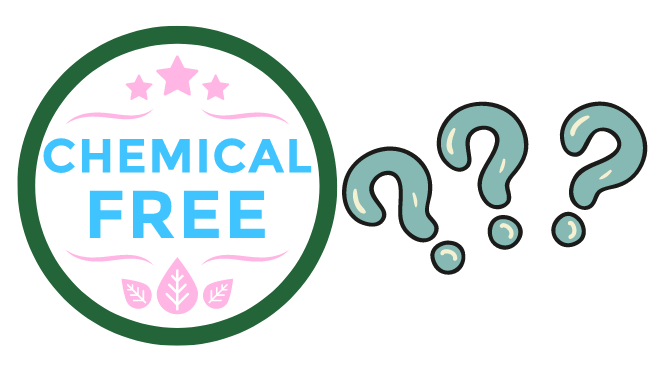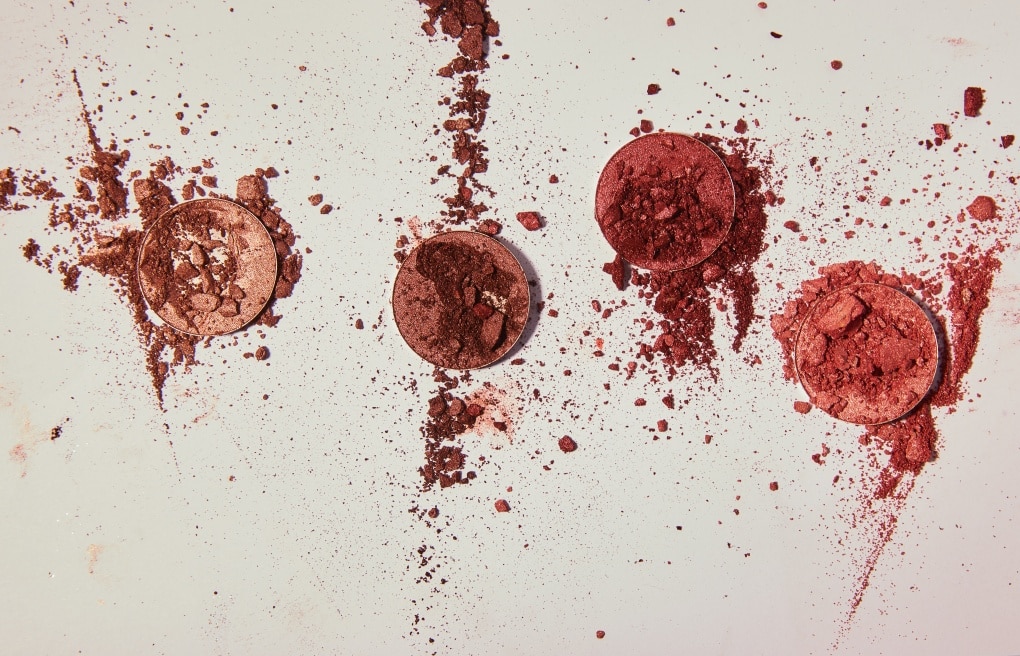
Cosmetic Labeling Law: Who and How
The United States Food & Drug Administration (FDA) regulates cosmetic labels under the authority of both the Federal Food, Drug, and Cosmetic Act (FD&C Act) and the Fair Packaging and Labeling Act (FPLA). In evaluating a cosmetic label, it is useful to know a few things about what those Acts cover, and what they don’t. By law, a cosmetic label must identify:
- What they contain and how much (e.g., body lotion 8 fluid ounces)
- The maker or distributor and place of business
- Directions for safe use
- Warnings or cautions (e.g., if a product is flammable or should not come in contact with the eyes)
- How long the product is good (e.g., expiration date or length of time after opening)
- All ingredients
An important gap in the FD&C and FPLA: they do not define or limit commonly used descriptive language (with the notable exception of “organic” products). Here are a few terms that are commonly found on labels but have no standard or regulated definition: natural, gentle, sensitive, non-comedogenic, hypoallergenic. Products do not need to meet any specific criteria to use those terms. In essence, they are on the label for marketing purposes.
Check the Directions, Warnings and Ingredients
Reading the Directions for Use and the Warnings is straightforward. Reading a List of Ingredients (LOI) is more complicated. If the length and small print of the LOI doesn’t scare, then the unpronounceable ingredient names might. Ingredients appear in their “INCI” names. INCI stands for: International Nomenclature Cosmetic Ingredients. INCI names are given by the International Nomenclature Committee so ingredients can be recognized internationally. Having standardized names helps scientists and governments work across borders, but they can be hard to decipher for consumers. For example, what a consumer knows as tea tree oil is listed as Melaleuca Alternifolia (Tea Tree) Leaf Oil. What a consumer knows as shea butter is listed as Butyrospermum Parkii (Shea) Butter.
Focus: List of Ingredients
An important thing to know about the LOI is how ingredients are ordered in the list. All ingredients in the product must be listed in order by their weight in the formula (except ingredients that are less than 1% of the formula). This means the formula has more of the first ingredient than the second, more of the second than the third, and so on. This relationship holds until the list reaches the ingredients that each make up less than 1% of the formula weight. The < 1% group can be listed in any order the maker chooses. Check out the cosmetic label for MeridaSKIN Facial Moisturizer and see if you can figure out where the <1% ingredients begin in the list.
Knowing how ingredients are ordered in the list is powerful when paired with a way to check for potentially problematic ingredients. Some ingredients carry the potential to cause skin irritation, allergic reaction, or other health hazards. Often the risk of these bad things happening depends on the amount of exposure a person has. The more exposure, the more risk of it happening. Or, the more exposure, the larger or worse the reaction. This is a principle called dose-response relationship. Depending on the seriousness of the hazard, one might be less concerned if a “problem” ingredient appeared near the bottom of the list than if it appeared near the top.
Putting it Together
It is good practice to look at each of the individual parts when evaluating a cosmetic label, then take those to form an overall impression of the product. Are there numerous ingredients of concern, or even one that is very near the top of the list? Is the label littered with meaningless marketing terms like “natural”? If so, perhaps the true attributes of the product don’t stand up to scrutiny. Is the list of ingredients long with “beneficial” ingredients like extracts? If so, many are present in percentages so small they are unlikely to provide any purported benefit. Is there a long “free-from” list? If so, the “free-from” ingredients (e.g., parabens, sulfates) may have been replaced with something equally hazardous but less well known.
Bottom line: cosmetic marketers have plenty of ways to disguise flaws and add appeal to a cosmetic label. Have a healthy sense of skepticism. Try to filter out hype. And find trustworthy resources to help check ingredient and overall product safety (more on that in an upcoming post).

Shannon L. Johnson, MSN, NP-C, Founder and Formulator of MeridaSKIN

Shannon L. Johnson NP-C
Founder & Formulator, MeridaSKIN
Shannon is a nurse practitioner, and much of her career has served vulnerable populations at a community health center. She holds degrees from the University of Pennsylvania and Simmons University, and completed post-graduate training at the University of Massachusetts Boston. She tackled the science of cosmetic formulating to solve her own skin struggle with rosacea. Shannon was born in Oregon, raised in Eastern Massachusetts and has passionate ties to the Pacific Northwest, New England, and the mid-Atlantic. She lives on Boston's North Shore with her husband, two kids and mischievous Wheaten Terrier. She and her family pass the seasons by playing in water (liquid and solid).


Recent Comments